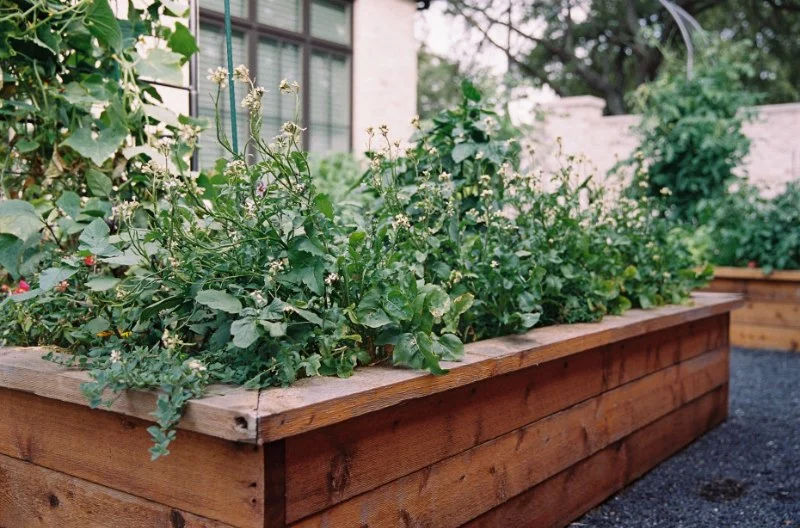
How to Use Planters to Extend Planting Zones
- 1. Understanding Planting Zones
- 2. Why Use Planters to Extend Your Planting Zones?
- 3. Choosing the Right Planters for Zone Extension
- 4. Best Plants to Grow in Containers for Extended Zones
- 5. Practical Tips for Successful Container Gardening
- 6. Real-Life Gardening Examples
1. Understanding Planting Zones
Planting zones, also known as hardiness zones, are areas defined by climate and temperature ranges, guiding gardeners on which plants are likely to thrive in particular regions. These zones are crucial for understanding what plants can survive in your climate and when they should be planted. The United States Department of Agriculture (USDA) defines planting zones based on the average annual minimum temperature in different regions of the country.
Understanding your planting zone is key to selecting the right plants for your garden. However, by using planters and containers, you can extend your planting opportunities beyond the constraints of your local climate zone, allowing you to grow plants that might otherwise not thrive outdoors in your area.
2. Why Use Planters to Extend Your Planting Zones?
Using planters to extend your planting zones is a clever and effective way to overcome climate limitations. Containers provide flexibility in terms of location, mobility, and temperature control. Planters offer several key advantages:
- Microclimate control: Planters allow you to create a controlled environment for plants, shielding them from harsh outdoor elements like frost, strong winds, or extreme heat.
- Increased mobility: Containers can be moved to follow optimal sunlight conditions or to protect plants from bad weather.
- Longer growing season: By moving planters indoors during the colder months or using portable greenhouses, you can extend your growing season and nurture plants that would not survive outside during winter.
With the right strategies and tools, you can effectively use planters to grow a wider range of plants in areas outside your designated planting zone.
3. Choosing the Right Planters for Zone Extension
Not all planters are created equal, and choosing the right type of container is essential to successfully extending your planting zone. Here are key considerations when selecting planters:
- Size: Choose planters that are large enough to accommodate the plant's root system. Larger containers provide more space for growth and allow the soil to maintain better moisture and temperature levels.
- Material: Planters come in various materials such as clay, plastic, ceramic, and wood. Choose a material that offers insulation, as plants need temperature stability. Materials like ceramic and fiberglass offer better insulation, whereas plastic containers may heat up quickly in the sun.
- Drainage: Ensure that your containers have good drainage holes to avoid waterlogged soil, which can cause root rot. You can also use a layer of gravel at the bottom of the planter for better drainage.
- Insulation: For colder climates, consider using insulated containers or placing your planters in areas that receive more sunlight, such as patios or balconies, to protect plants from frost and cold weather.
4. Best Plants to Grow in Containers for Extended Zones
Some plants thrive better in containers than others. To extend your planting zones successfully, choose plants that are well-suited for container gardening. Here are some great options:
- Herbs: Herbs like basil, thyme, and rosemary thrive in containers and can be moved inside during colder months to extend the growing season.
- Tomatoes: Many varieties of tomatoes are perfect for container gardening, and you can move them indoors during frost warnings.
- Flowers: Many annual flowers like geraniums, petunias, and begonias perform well in planters and can be brought inside when the temperatures drop.
- Succulents: Succulent plants such as aloe and echeveria are excellent for containers, as they require less water and thrive in hot climates.
With containers, you can experiment with different plants that might not naturally grow in your climate zone, making gardening accessible in a wider variety of locations.
5. Practical Tips for Successful Container Gardening
To make the most of your container gardening efforts, here are a few practical tips:
- Use high-quality soil: Potting soil designed specifically for containers holds moisture and nutrients better than regular garden soil. Look for mixes with good drainage and organic matter.
- Water consistently: Plants in containers tend to dry out faster than those in the ground. Ensure regular watering, but also be mindful not to overwater, as it can lead to root rot.
- Fertilize regularly: Container plants require more frequent feeding since they have limited access to nutrients. Use a balanced fertilizer to keep them healthy and thriving.
- Monitor for pests: Since containers are mobile, pests like aphids or spider mites can sometimes find their way into your plants. Regularly check for any signs of pest damage and treat accordingly.
6. Real-Life Gardening Examples
Many gardeners have successfully used planters to extend their planting zones and grow a variety of plants that wouldn’t normally survive in their regions. For example, a gardener in Minnesota used large, insulated containers to grow tomatoes during the colder months by bringing them inside when the temperature dropped below freezing. Similarly, in Arizona, gardeners use containers to grow cooler climate plants like lettuce and spinach, moving them to shaded areas to keep them cool during the summer months.
These examples highlight how versatile and effective container gardening can be, allowing you to grow a variety of plants in climates that may otherwise limit your options.
If you’re looking to explore the best planters and gardening products, visit Beautiful Landscapes for expert recommendations on everything you need for your container gardening adventures.

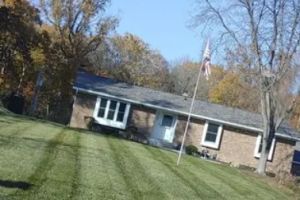

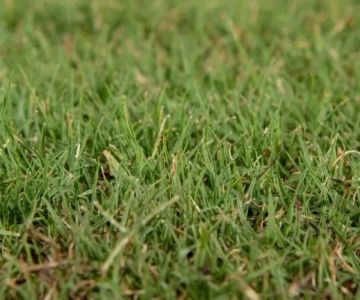
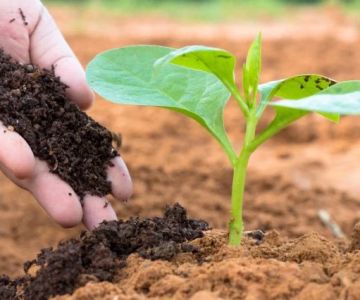
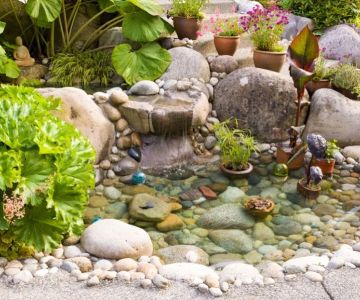
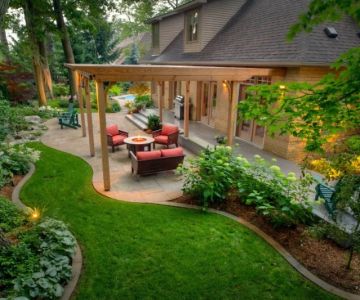
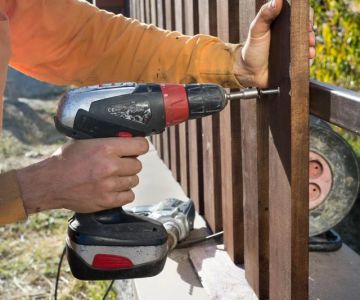
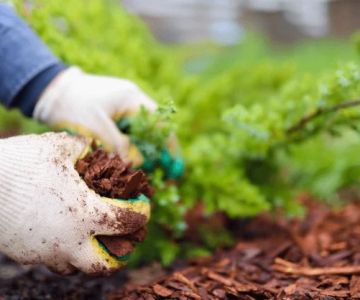
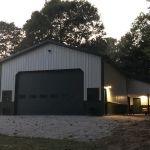 Clem’s Lawncare4.0 (10 reviews)
Clem’s Lawncare4.0 (10 reviews)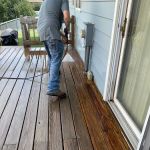 All Seasons Lawnscape & Tree Removal3.0 (20 reviews)
All Seasons Lawnscape & Tree Removal3.0 (20 reviews)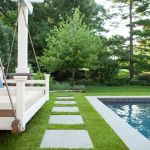 JMR Landscaping, LLC4.0 (18 reviews)
JMR Landscaping, LLC4.0 (18 reviews)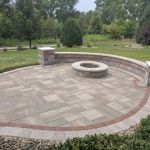 Gendron's Landscape Construction LLC5.0 (1 reviews)
Gendron's Landscape Construction LLC5.0 (1 reviews)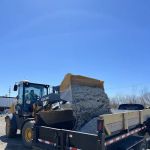 La Monarca Landscaping Supply, Inc.4.0 (17 reviews)
La Monarca Landscaping Supply, Inc.4.0 (17 reviews)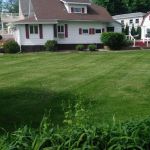 Anderson Lawncare Inc.4.0 (10 reviews)
Anderson Lawncare Inc.4.0 (10 reviews) How to Protect Plants From Frost & Freeze Damage - Essential Tips for Gardeners
How to Protect Plants From Frost & Freeze Damage - Essential Tips for Gardeners How to Design Outdoor Seating Areas That Encourage Conversation
How to Design Outdoor Seating Areas That Encourage Conversation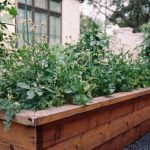 How to Use Planters to Extend Planting Zones and Grow More Plants
How to Use Planters to Extend Planting Zones and Grow More Plants How to Create a Front Walk That Makes a Great First Impression
How to Create a Front Walk That Makes a Great First Impression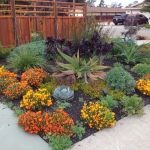 Best Native Plants for Drought-Tolerant Landscaping: A Guide for Sustainable Gardening
Best Native Plants for Drought-Tolerant Landscaping: A Guide for Sustainable Gardening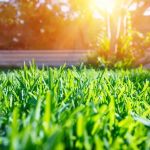 Tips for Maintaining a Lawn in a Hot, Dry Summer
Tips for Maintaining a Lawn in a Hot, Dry Summer